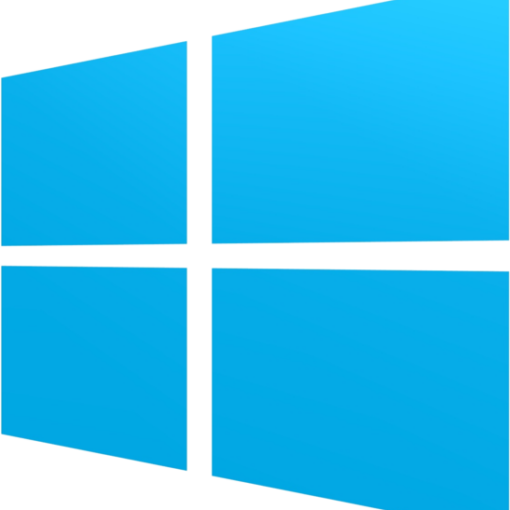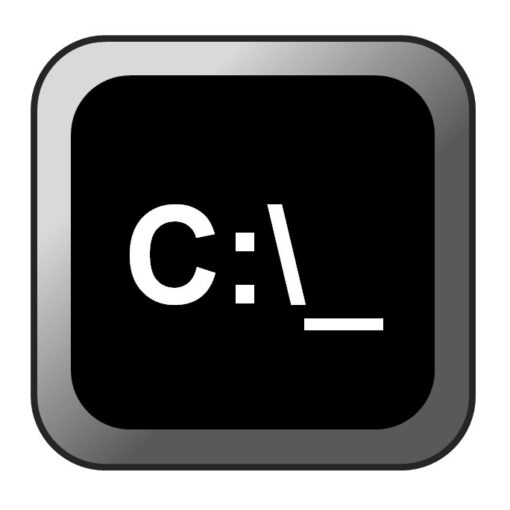
I’ve long considered getting a small low-power Linux PC as intranet database and web server and for testing Linux applications. Intel’s N100 processor has been a bit of game-changer in this segment, employing four efficiency cores to yield a 6W processor with surprising performance and efficiency. There are several options out there to buy or build a computer with this processor, both no-name AliExpress offerings and mainboards/barebones from well-known brands like Asus and Asrock. These are generally quite similar, offering one DIMM slot, an M.2 SSD slot, and various connectors. My eye fell on the Minisforum UN100P for several reasons:
- Minisforum is not totally unknown and sells directly via a European store and Amazon.
- It offers 2.5GBps Ethernet, Wifi 6, Bluetooth, two HDMI ports, micro-SD card reader, four USB-A ports, and a full-featured USB-C port.
- The M.2 slot is for full-length 2280 sticks, not the shorter ones that are required for some other mini computers.
- There’s room and an interface for a SATA SSD.
- At less than €200 with 16GB of RAM, a 512GB SSD, and a Windows 11 Pro license, I would go as far as calling it a bargain – Asrock’s N100 board alone is around €130, and you need to add RAM, SSD, case, power supply, and possibly a Windows license to that to get a working system.
It arrived in a small cardboard box. Besides the computer and power adapter, this also contained a bracket for mounting the computer and an HDMI cable. I connected USB dongles for keyboard and mouse and my Lenovo L15 screen via USB-C. It booted right up into the Windows installation, which I finished so I could backup the Windows license key (just in case). I then proceeded to install Linux from an USB stick.
There’s no manual, so also no information about how to enter the BIOS. I managed to boot from the USB stick with the Windows Advanced startup options, but later found out that F2 appears to do the trick.
The installation of Ubuntu server went without problems, the Wifi chip was detected right away, whereas Bluetooth does not appear to work. Unfortunately, when I hooked up the PC to wired LAN, it did not attempt to use the ethernet connection as it had been installed using Wifi. Instead of attempting to change the configuration I simply re-installed Linux while hooked up to wired LAN. I then configured a static IP address in my router so I could easily access the PC and run it headless. I then configured Samba according to the Ubuntu instructions to get access to the file system from other computers.
Now to the really important bit: power consumption, especially at idle. This is where these small single-board computers shine compared to full-blown desktop machines. I’ve read various numbers, some around 8W, one as low as 4.2W for a system at idle. I’m happy to report that, with Linux and only LAN connected, my power meter reads 3.9W. That’s quite a bit lower than the power draw of things like WiFi access points, which is a big plus for a system that is going to run continuously. The maximum power draw that I saw was about 15W. The system stays silent at idle. When running continuously at higher load, fan noise is noticeable.
One could consider a Raspberry Pi 5 an alternative. But then you’re limited to 8GB of RAM and need an add-on board for an SSD, which means that price-wise you’re not far off. The N100 is much faster and, since it’s an x86 processor, will run the same binaries as your other systems.
So, what am I going to use this mini PC for? From what I’ve read they have enough power to serve as desktop PCs for office work, but I’m going to use it as server. It is going to run a network controller, adblocker (pi-hole), server software (like databases), and I want to use it to test Linux programs of mine without having to resort to WSL. It might even be suitable for some of the point cloud processing tasks that I usually run on my much more power-hungry desktop PC.




3 thoughts on “Minisforum UN100P review”